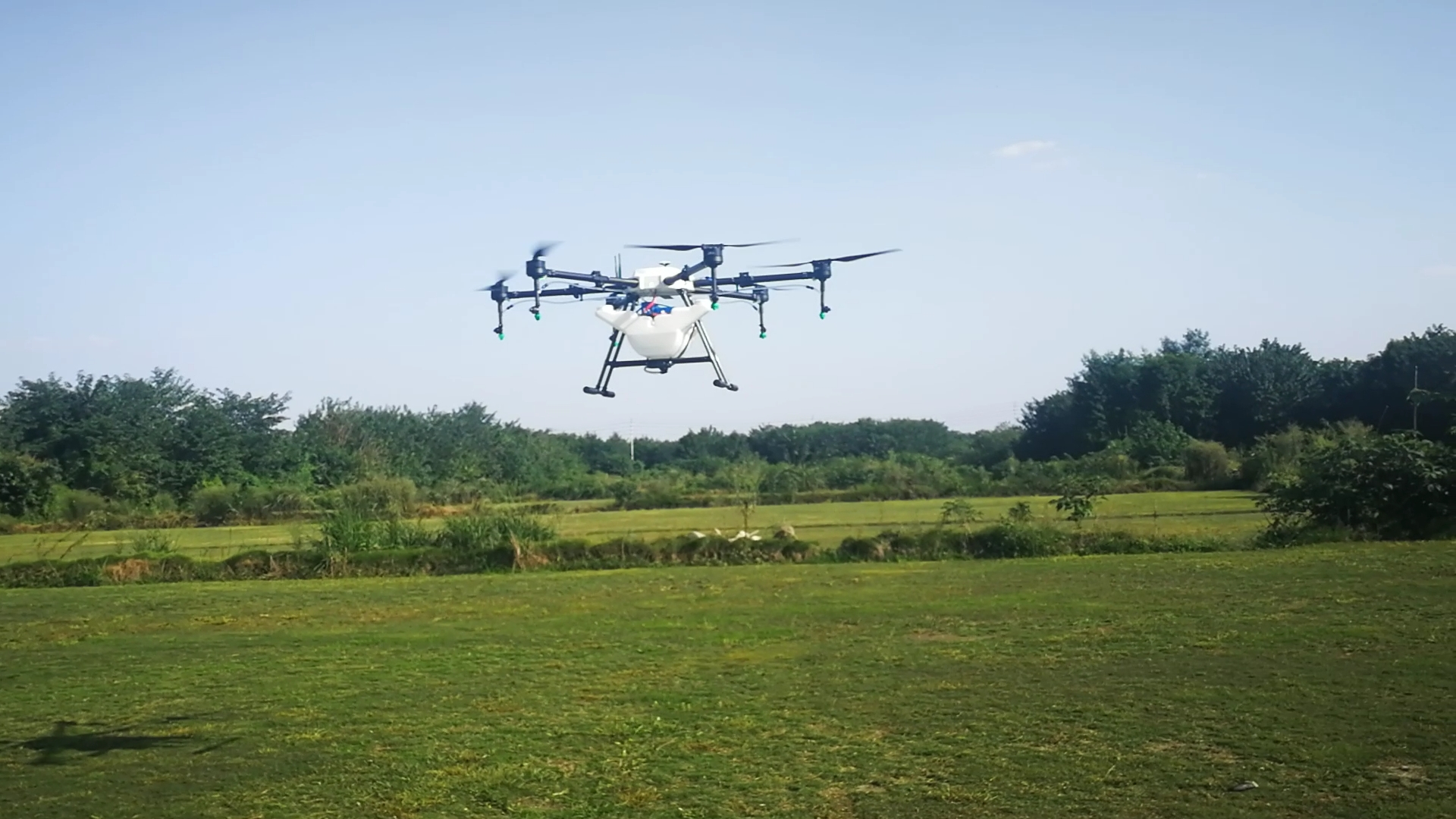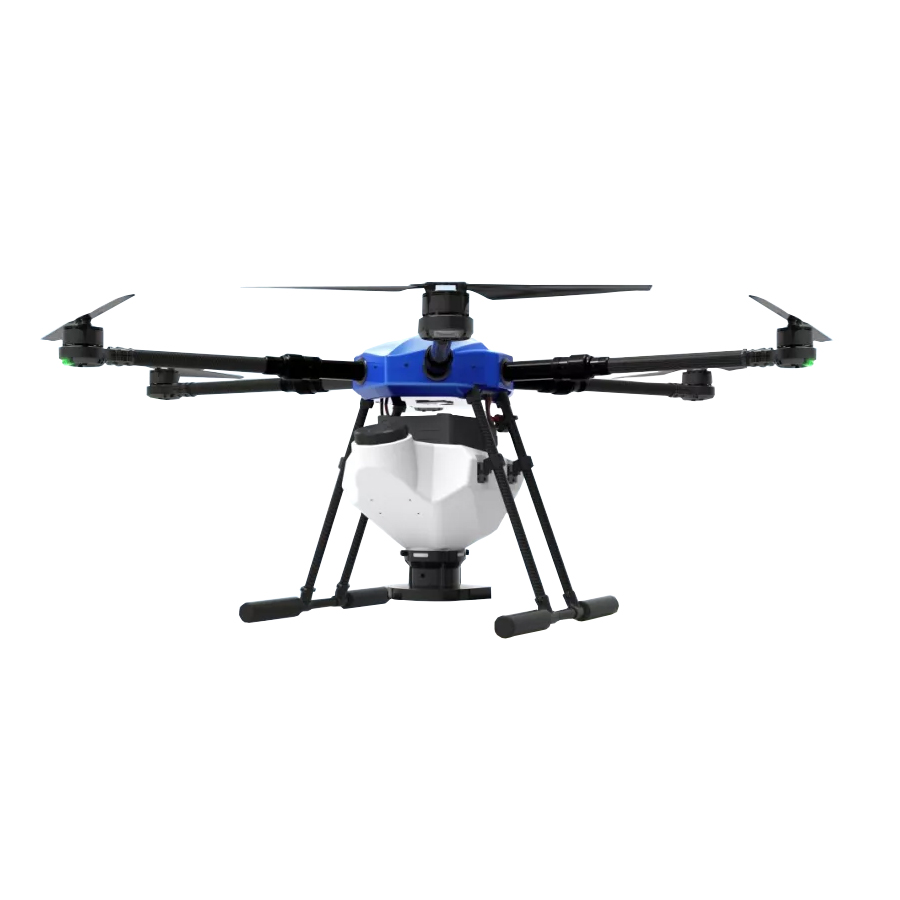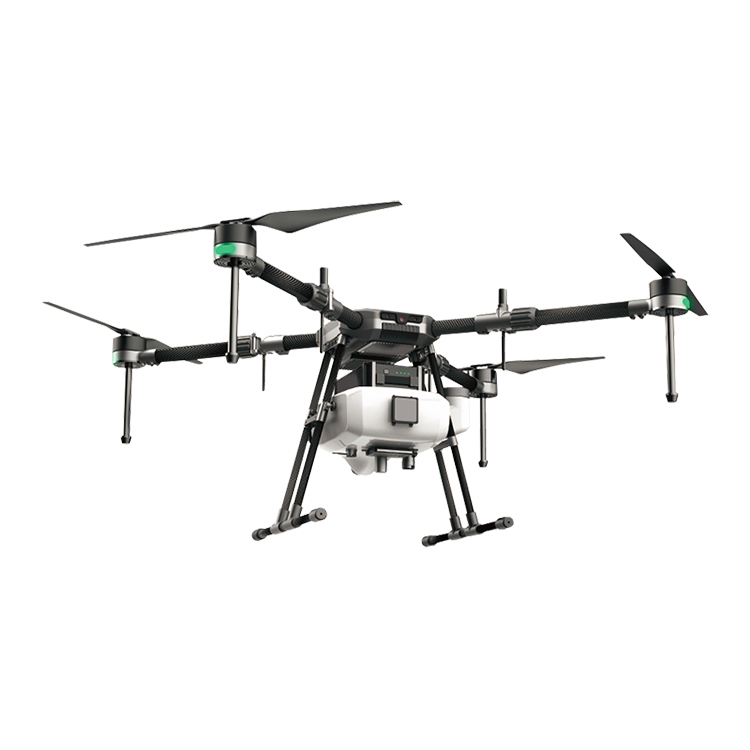New Drone technology Are Revolutionizing Agriculture

UAV for agriculture use new technology is a phenomenal innovation that continues to have far-reaching effects across today’s society, transforming our lives and the way we do business.
In recent years the cost of agriculture drones has rapidly declined, which has not only led to the explosion of drone use cases in agriculture but has made it a no-brainer investment for modern farmers.
In fact, the agricultural drone market is expected to grow over 38% in coming years. Driven by growing population levels and changing climate patterns, the need for efficient agriculture is only going to become more important.
6 INNOVATIVE METHODS USED IN AGRICULTURE

1. Soil and Field Analysis
At the beginning, middle, and end of a crop cycle drones can be used to help obtain useful data surrounding the quality of the existing soil. By obtaining 3D maps of existing soil, you’ll be able to see if there are any issues surrounding soil quality, nutrient management, or soil dead zones.
This information can help farmers determine the most effective patterns for planting, managing crops, soil, and more. Ongoing monitoring can help to better utilize water resources, and more effectively manage crop nutrient levels.

Drone startup companies have been instrumental in developing unique drone technologies to assist with a wide range of ecological and agricultural issues. Flydragon is using unmanned aircraft to assist reforestation and replanting projects.
This same drone technology can be adapted and applied to a wide range of farm types, reducing overall planting times and labor costs across the board.
3. Crop Spraying
Crops require consistent fertilization and spraying in order to maintain high yields. Traditionally this was done manually, with vehicles, or even via airplane. These methods are not only inefficient, and burdensome, but they can be very costly as well.
Agriculture spraying drone can replace the traditional pesticide sprayer and it's speed is 40times of the traditional sprayer. It will save 90% water and 30%-40% pesticide. Small droplet diameter make the pesticide more well-distribute and improve the effect. At the same time, it will make the people faraway from the pesticide and reduce the pesticide remain of the crop.
4. Crop Mapping and Surveying
One of the biggest advantages of using drone technology is the ease and effectiveness of large-scale crop and acreage monitoring. In the past, satellite or plane imagery was used to help get a large scale view of the farm, while helping to spot potential issues.
However, these images were not only expensive but lacked the precision that drones can provide. Today, you can not only obtain real-time footage but also time-based animation which can illuminate crop progression in real-time.
With drone mapping and surveying, technology decisions can now be made based on real-time data, not outdated imagery, or best-practice guesswork.
With near infrared (NIR) drone sensors you can actually determine plant health based upon light absorption, giving you a birds-eye view of the overall farm health.
5. Irrigation Monitoring and Management
Irrigation can be troublesome. With miles and miles of irrigation, issues are bound to arise. Drones that are equipped with thermal cameras can help to spot irrigation issues, or areas that are receiving too little or excessive moisture.
With this information, crops can be better laid out to maximize drainage, adhere to natural land runoff, and avoid water pooling, which can damage sensitive crops.
Water and irrigation issues are not only costly but can ruin crop yields as well. With drone surveying, these issues can be spotted before they become troublesome.
With agriculture drones you’ll be able to collect information like:
The overall crop and plant health
Land distribution based on crop type
Current crop life cycle
Detailed GPS maps of current crop area
The end result is simple, drones can help to maximize land and resource usage, and help farmers better determine crop planting locations.
6. Real-Time Livestock Monitoring
Some drones are equipped with thermal imaging cameras that enable a single pilot to manage and monitor livestock. This allows farmers to keep track of livestock a much greater frequency, and with less time and staff investment.
The drone operator can quickly check in on herd to see if there are any injured or missing livestock, as well as see livestock who are giving birth. Drones are used to keep an eye on the heard at all times, a once costly and time-intensive task.
Plus, thermal imaging will also help to keep an eye out for any livestock predators, which can be a huge advantage for some farm owners.
4 rotors plant protection UAV 10KGS agriculture drone sprayer
Intelligent Agriculture is the trend of all over the world. And the intelligent drone act as a important role in this world plan.
Agriculture spraying drone can replace the traditional pesticide sprayer and it's speed is 40times of the traditional sprayer. It will save 90% water and 30%-40% pesticide. Small droplet diameter make the pesticide more well-distribute and improve the effect. At the same time, it will make the people faraway from the pesticide and reduce the pesticide remain of the crop.




